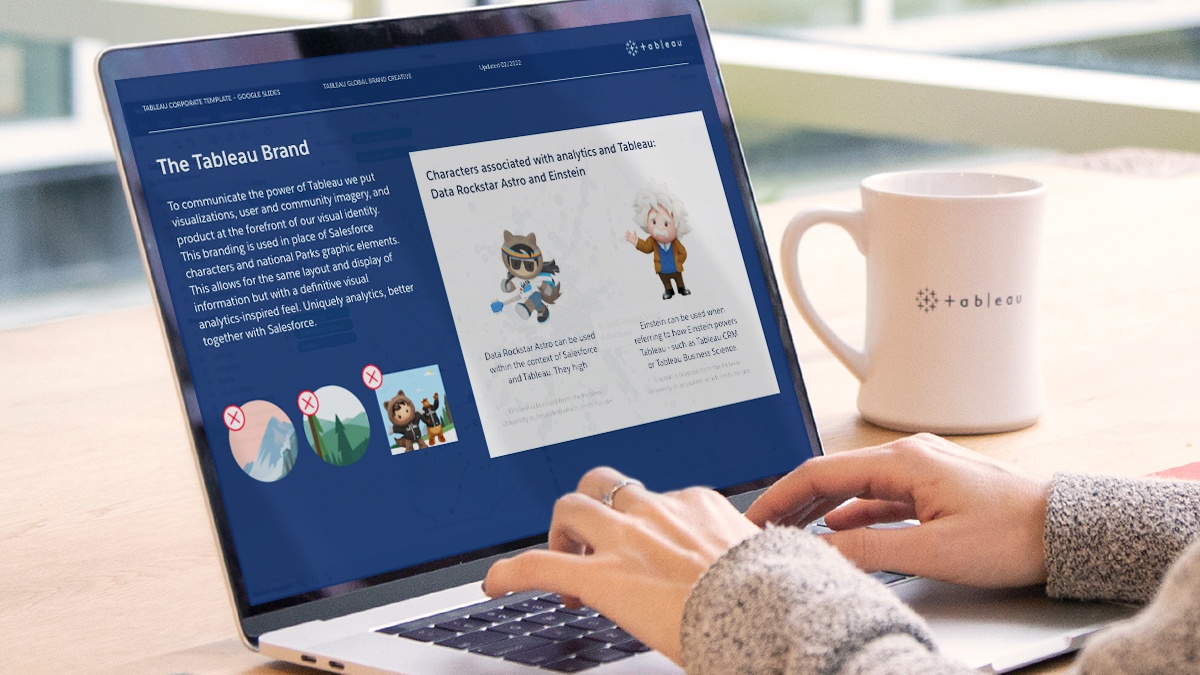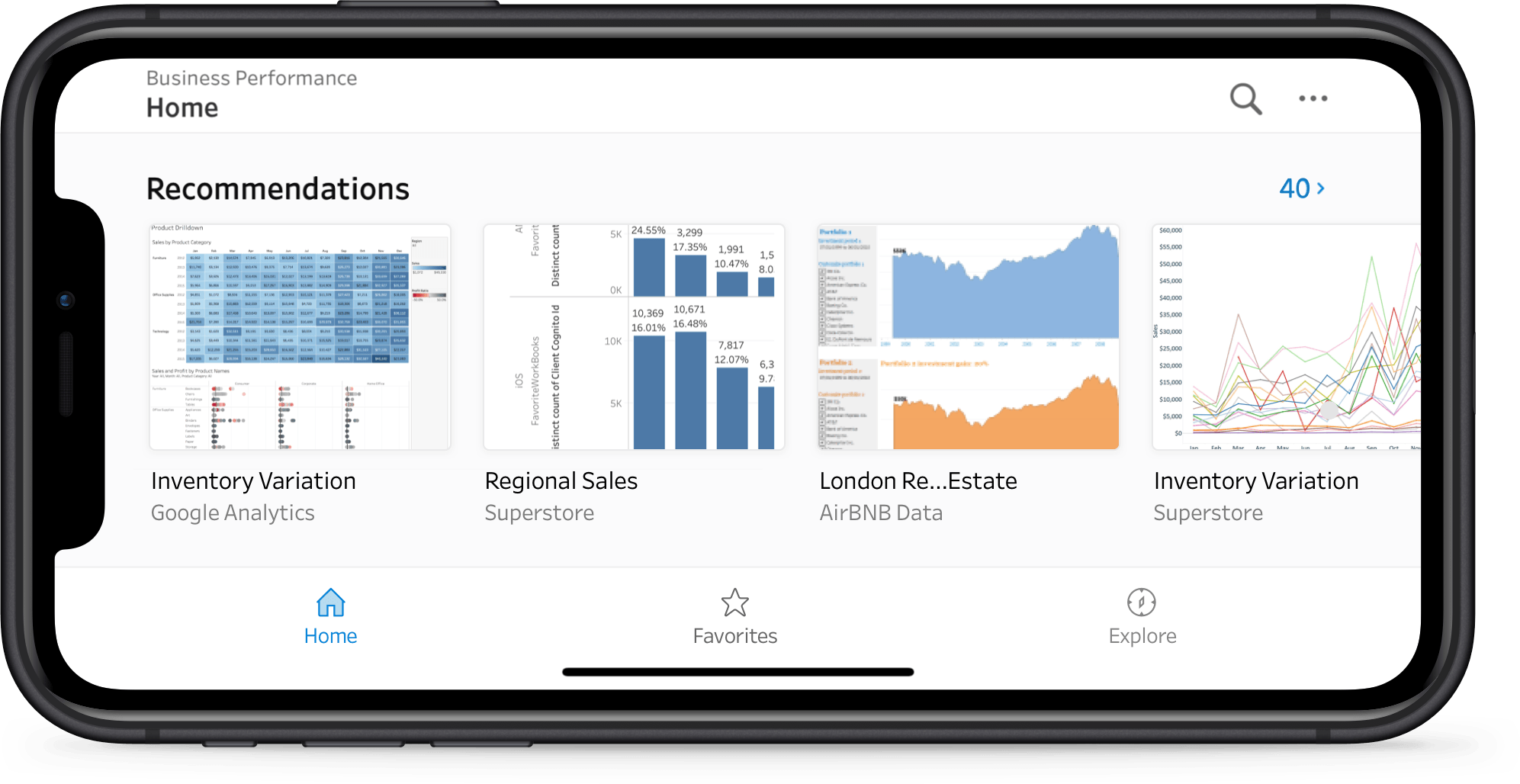
Tableau: Complete Buyer's Guide
Democratizing data analysis through intuitive drag-and-drop interfaces
Tableau positions itself as the visual analytics platform that democratizes data analysis through intuitive drag-and-drop interfaces, enabling businesses to transform raw data into actionable insights without extensive technical expertise [40][46].
Market Position & Maturity
Market Standing
Tableau's market positioning faces significant verification challenges that impact confidence in its competitive standing. The company asserts "Leader in 2024 Gartner Magic Quadrant for 12th consecutive year" [48], though this citation proves inaccessible for independent confirmation.
Company Maturity
Tableau operates as an established player in the business intelligence market, though specific maturity indicators require verification. The platform serves organizations ranging from small retailers to enterprise-scale operations, suggesting operational scale and market presence.
Industry Recognition
Beyond the unverifiable Gartner claims, industry recognition evidence remains limited due to documentation accessibility issues.
Strategic Partnerships
Partnership information and ecosystem positioning require independent verification, as supporting documentation proves inaccessible during research.
Longevity Assessment
While Tableau appears to maintain market presence and customer base, specific evidence supporting long-term viability cannot be confirmed through available research.
Proof of Capabilities
Customer Evidence
The most frequently cited success story, MillerCoors' 300-person deployment completed in 90 days [52], cannot be verified due to inaccessible documentation.
Quantified Outcomes
Performance metrics face similar verification issues: 127% ROI with 13-month payback from Forrester study [51] - dates to 2010, inappropriate for current decisions.
Case Study Analysis
The M3 Insurance case mentions efficiency improvements [43], but the citation links to a broken homepage, preventing verification of specific claims.
Market Validation
Customer adoption metrics, retention rates, and growth indicators cannot be confirmed through available research.
Competitive Wins
Claims of competitive wins or market displacement cannot be substantiated due to documentation accessibility issues.
Reference Customers
Given the verification challenges, organizations should request current, verified customer references directly from Tableau, particularly from similar ecommerce businesses.
AI Technology
Tableau's AI capabilities focus on augmented analytics, though verification of current features remains limited.
Architecture
The platform serves organizations ranging from small retailers to enterprise-scale operations, with deployment complexity varying significantly based on organizational requirements and existing technology infrastructure.
Primary Competitors
Tableau competes primarily with Looker and Power BI in the business intelligence market, though competitive assessment reveals important positioning corrections [56].
Competitive Advantages
Tableau's reported strengths include visual analytics capabilities and drag-and-drop interface design [40][46].
Market Positioning
Gartner recognition claims [48] cannot be verified, preventing objective market position assessment.
Win/Loss Scenarios
Tableau may win when organizations prioritize visual analytics and drag-and-drop interface design over technical complexity. Alternatives may win when native ecommerce integration, verified performance metrics, or confirmed pricing transparency are priorities.
Key Features

Pros & Cons
Use Cases
Integrations
Pricing
Featured In Articles
How We Researched This Guide
About This Guide: This comprehensive analysis is based on extensive competitive intelligence and real-world implementation data from leading AI vendors. StayModern updates this guide quarterly to reflect market developments and vendor performance changes.
58+ verified sources per analysis including official documentation, customer reviews, analyst reports, and industry publications.
- • Vendor documentation & whitepapers
- • Customer testimonials & case studies
- • Third-party analyst assessments
- • Industry benchmarking reports
Standardized assessment framework across 8 key dimensions for objective comparison.
- • Technology capabilities & architecture
- • Market position & customer evidence
- • Implementation experience & support
- • Pricing value & competitive position
Research is refreshed every 90 days to capture market changes and new vendor capabilities.
- • New product releases & features
- • Market positioning changes
- • Customer feedback integration
- • Competitive landscape shifts
Every claim is source-linked with direct citations to original materials for verification.
- • Clickable citation links
- • Original source attribution
- • Date stamps for currency
- • Quality score validation
Analysis follows systematic research protocols with consistent evaluation frameworks.
- • Standardized assessment criteria
- • Multi-source verification process
- • Consistent evaluation methodology
- • Quality assurance protocols
Buyer-focused analysis with transparent methodology and factual accuracy commitment.
- • Objective comparative analysis
- • Transparent research methodology
- • Factual accuracy commitment
- • Continuous quality improvement
Quality Commitment: If you find any inaccuracies in our analysis on this page, please contact us at research@staymodern.ai. We're committed to maintaining the highest standards of research integrity and will investigate and correct any issues promptly.